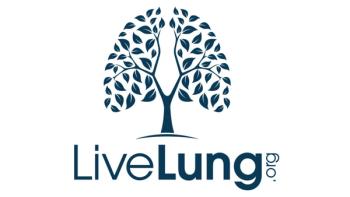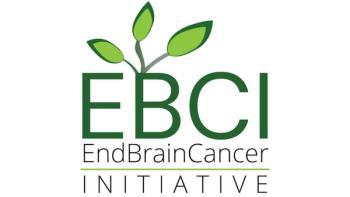
April 21st is AML Awareness Day!
Don’t miss
What is AML? Acute myeloid leukemia is the most common type of acute leukemia in adults. Although AML can occur at any age, adults aged 60 years and older are more likely to develop the disease than younger people. For more information about AML in children, visit www.LLS.org/booklets to view the free LLS booklet
AML is a type of cancer in which the bone marrow makes too many immature blood cells called "myeloblasts." In AML, a mutation or a series of mutations in the DNA (genetic material) of a single myeloid stem cell results in the formation of an abnormal myeloblast. This abnormal myeloblast does not develop into a healthy, functioning myeloid cell. It becomes a leukemia cell (also referred to as an “AML cell” or a "leukemia blast cell”). These genetic errors in the mutated cell cause the leukemia cell to keep growing and dividing, whereas a healthy cell would stop dividing and eventually die. Every cell that arises from the initial leukemia blast cell also has the mutated DNA. As the leukemia cells multiply uncontrollably, they quickly accumulate in the bone marrow. This slows down or stops the production of normal, healthy red blood cells, white blood cells and platelets. As a result, there are too many leukemia blast cells (immature cells) and not enough mature, functional red and white blood cells and platelets. (from the LLS booklet
LLS supports people diagnosed with AML and their caregivers every day. In addition to the booklets above, patients can find the following:
LLS offers education programs for patients and caregivers to learn more about their diagnosis, treatment, and resources available (upcoming program listed above). Visit





